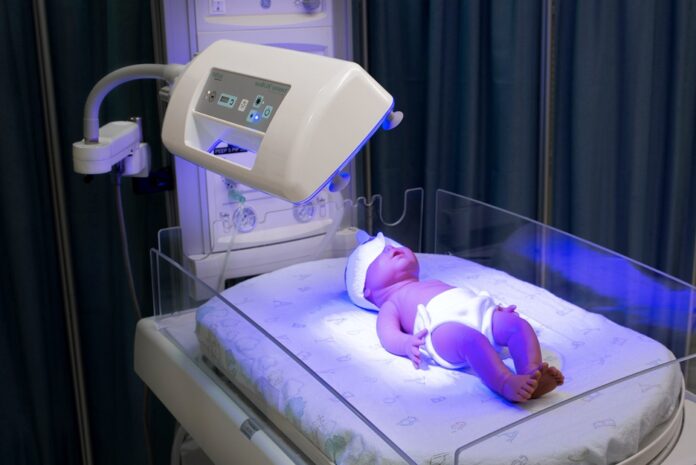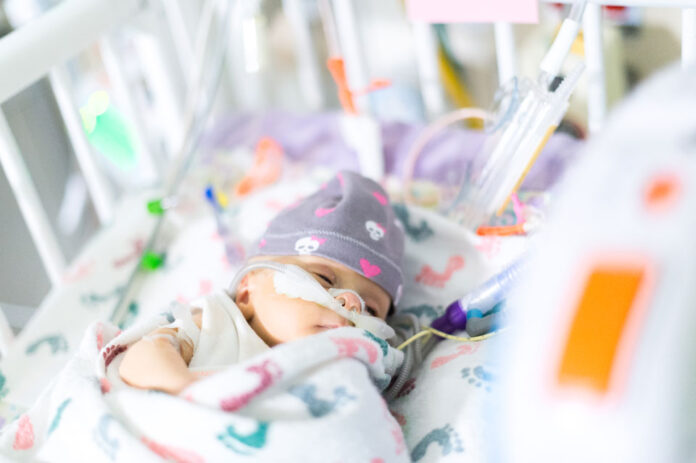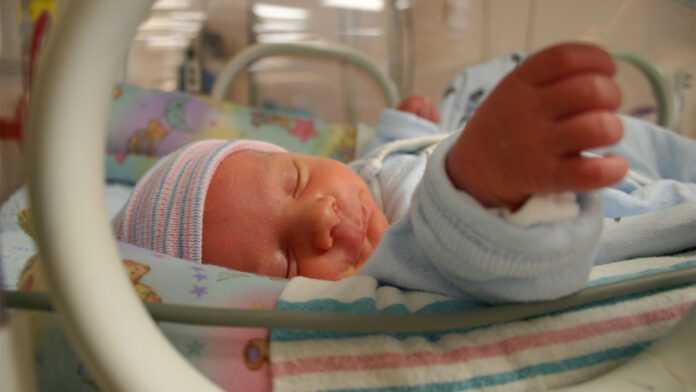Modern medical technology is making huge strides in neonatal intensive care. The progress is much needed. According to the United Nations Statistics Division, approximately 385,000 babies are born in the world each day. Every 28 days, however, 240,000 newborns and 170,000 children ages 1 month to 5 years die due to birth defects. Those who do live are often plagued with long-term disabilities.
When newborns and infants are critically ill, they go to the Neonatal Intensive Care Unit in the hospital, also referred to as the NICU. Additional specialized medical care is made available in NICUs. Common reasons for NICU admissions include birth defects, preterm birth, infections, feeding and breathing problems, and other medical conditions.
In the United States, close to half a million babies are born preterm every year. In Canada, eight percent are born early, according to the Canada Government website The majority of babies in neonatal intensive care weigh less than 5.5 pounds and have a medical condition requiring special NICU care.
AMEequipment and other rock-solid medical equipment suppliers are responsible for making sure life-saving equipment is stocked in Neonatal Units across the nation and beyond.
5 Miraculous Advances in Neonatal ICU Technology
Many of the technological advances are in the neonatal nursing department, one of the most hands-on areas of continual NICU care. Five innovations are currently being debuted in hospitals including:
1. Phototherapy

One of the most widely experienced issues with premature babies is the inability to hold heat and being jaundiced due to an excess production of the chemical bilirubin. The new phototherapy treatment involves placing the newborn in an incubator or bassinet to allow them to be bathed in florescent light. Another phototherapy treatment that is new to the scene is fiber-optic blankets and bands which can even be employed in a home setting.
2. Pea Pod
The new Pea Pod is being declared a global benchmark. The product produced by COSMED which measures air displacement to identify infants’ body mass. It is most helpful for infants weighting 2.5 to 17.5 pounds. The device is relatively simple to use which frees up healthcare workers with more knowledge and experience to do other, more complicated jobs. The Pea Pod process takes about seven minutes from beginning to end.
3. HeRO (Heart Rate Observation System)

A leading cause of NICU mortality is the presence of Infection. The HeRO innovation allows the prediction of host infections twenty-four hours in advance which has the capacity to save hundreds of little lives. The system uses the algorithm to detect irregular heartbeats that might be a sign of infection, enabling practitioners to intervene before an infection occurs and gets out of hand which is especially helpful for infants weighing less than three pounds.
4. Artificial Womb
Forty weeks is the average gestation period for humans. Those that don’t get to fully develop in the womb often have medical issues. Since most babies in the NICU are premature, an artificial womb is a godsend. The relatively recent invention nurtures infants and mimics the function of a mother’s womb. Much research went into the development of the artificial womb which was invented at the Children’s Hospital in Philadelphia. Lambs were used in the ongoing experiments. The results were amazingly successful, and the hope is that it will be equally as effective for human babies as well.
5. Artificial Surfactant

The works of Mary Ellen Avery of Harvard Medical School led to the discovery that premature infants’ lungs don’t product surfactant, a compound chemical that produces surface tension. The lack of the substance can play a huge role in infant mortalities. The Federal Drug Administration has, since the discovery, approved synthetic surfactant to help prevent the problem.
Animal derived forms of artificial surfactant is quite effective for treating infant respiratory distress syndrome but it is very expensive and supplies are greatly limited. That is why artificial surfactant is ultra-important because it fulfills the much-needed job without the exuberant price tag and it can be made in large quantities. The development, however, has turned out to be more complicated than originally thought which led to even more research and development to find remedies. More trials are in the making and for now, it’s progress…not perfection.
Miracle Babies
A whole new appreciation for medical science and medical innovations is dawned when a miracles matches up with a face. That’s the case with various programs around the world that tells of each miracle baby and the story behind him or her. Miracle babies come from all walks of life. They belong to parents of every social status. One thing they share in common is that their lives were saved because of the time, energy, and money that has gone into the research, invention, and production of innovative equipment, devices, and other medical measures.
There are also those who support the parents in a social manner – bringing food to them, making sure they are able to stay near the hospital, and so forth.
Indeed it takes a village when it comes to the tiny ones who are in trouble. But, the efforts are giant and the results are promising.
Neonatal Medical Supplies and Equipment: Marketing Matters

The worldwide neonatal intensive care market is expected to increase from 7.5 billion dollars in 2021 to 13.9 billion by 2030. Infant medical equipment will be in even higher demand as the years go on which is welcome news for both the healthcare workers and the manufacturers and sales teams involved.
How Will Miracle Marvel Inventions Play Out?
Who will the key market players be in the race to invent and produce the next neonatal miracle invention? It is predicted that some of the same leading companies (like Medtronic, Koninklijke, Digicare Biomedical, Cook Group, and so forth will remain in the game but others will jump onboard as well. As far as healthcare workers and parents of NICU patients are concerned, the more the merrier is the order of the day in the global neonatal intensive care market.





![Calgary’s Hottest Neighborhoods for Luxury Homebuyers [2024]](https://thewashingtonote.com/wp-content/uploads/2024/04/Calgary-324x160.png)



